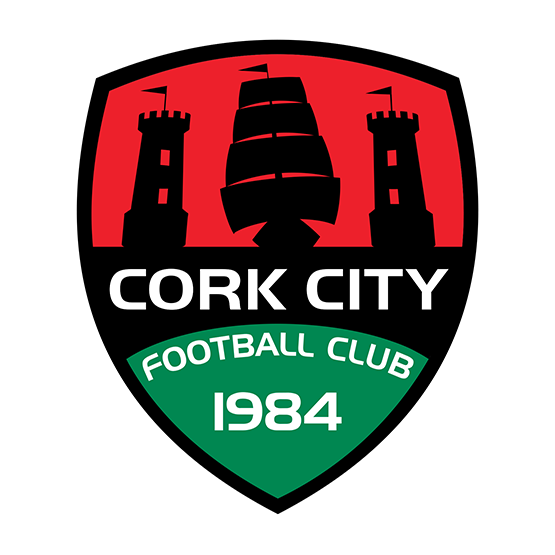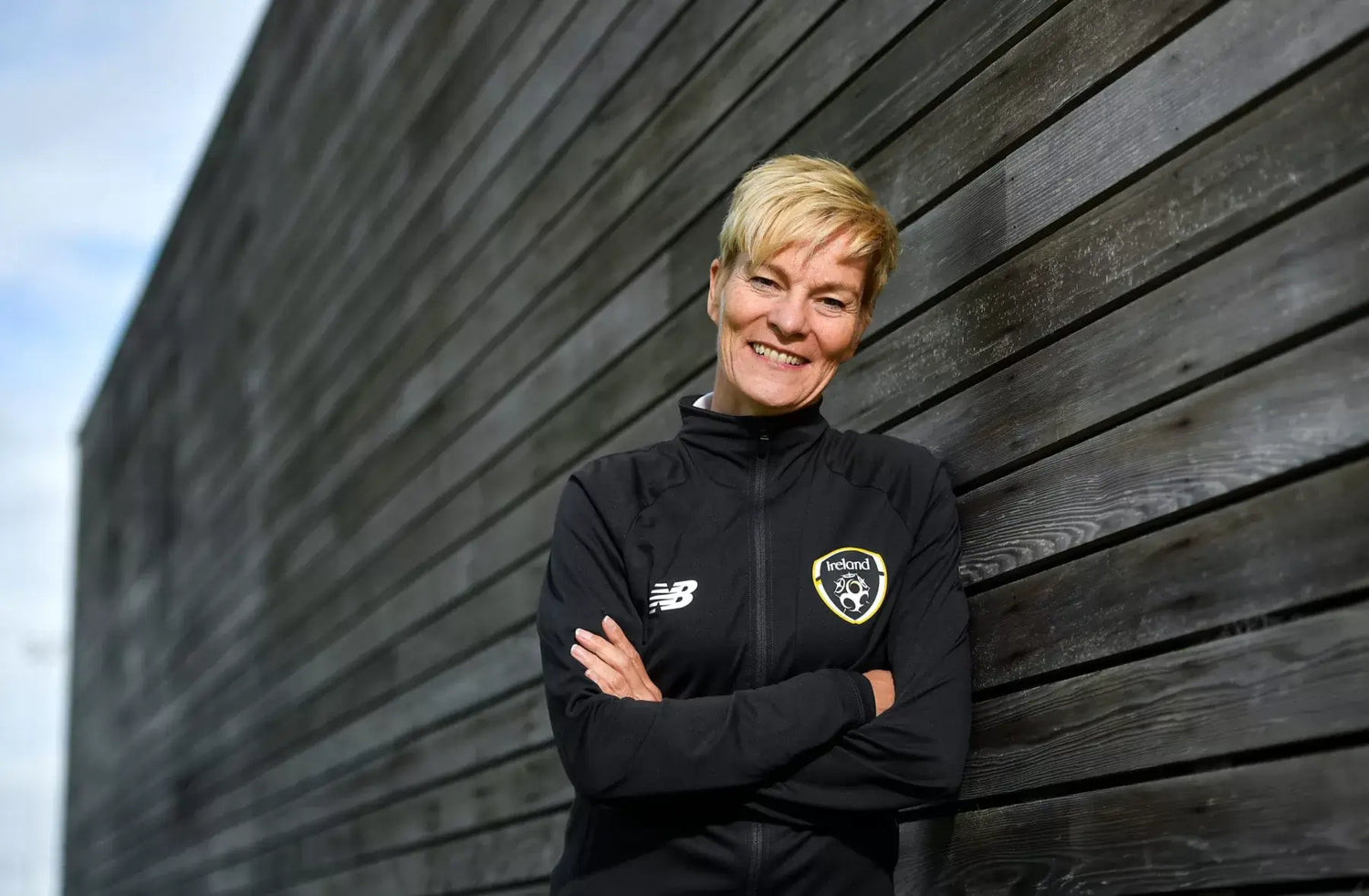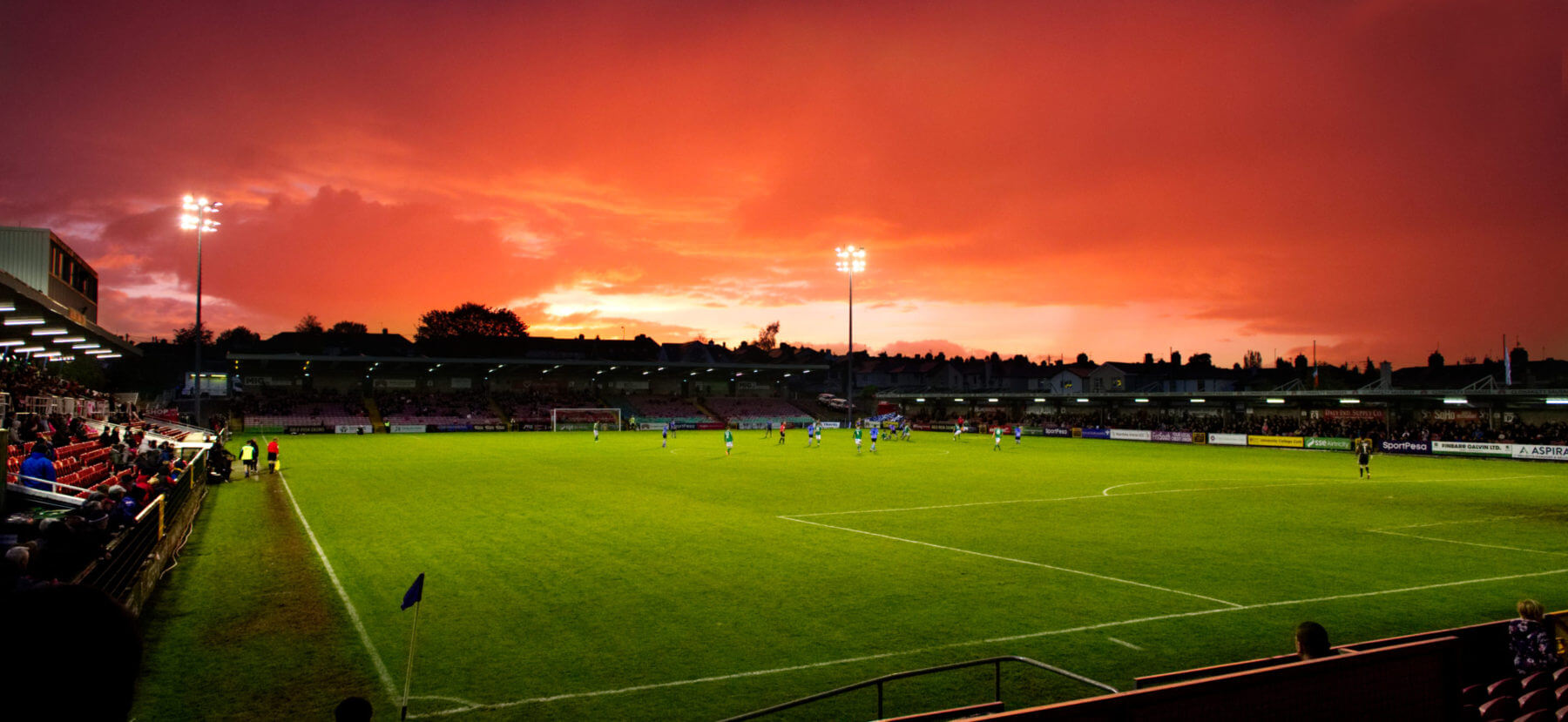It has been a year since Vera Pauw was appointed as manager of the Irish women’s team and while Covid-19 has meant she hasn’t seen as much live football as she would like, she has had plenty of time to reflect on the women’s game here.
Pauw has a wealth of experience, both as a player and coach, having played in her native Netherlands before becoming the first female Dutch player to play professionally when she signed for Italian side Modena in 1988. She also amassed 89 senior caps for the Netherlands.
Since retiring. she played a key role in establishing the Vrouwen Eredivisie, which launched in 2007. This was a huge moment in Dutch women’s football and within two years the Dutch not only qualified for the European Championships for the first time but reached the semi-finals of the tournament, with Pauw as manager. Two tournaments later and the Dutch were champions of Europe and went on to reach the World Cup final last year.
Since leaving her role as Dutch manager in 2010, Pauw has managed Russia, South Africa, and Houston Dash before being appointed to her current role. Ireland currently top their qualifying group for Euro 2021, but face two crunch games against Germany.
“The WNL is developing very fast,” says Pauw. “The standard this year is higher than last year. The games are good. Not on the level of the English Super League of course, but decent. We have to build on the image we have. The organisation is good, the teams are well organised, the standard is rising. It is time that the senior men’s clubs see the value of including a women’s team.”
However, Pauw is not afraid to point out shortcomings in the league either.
“It is crucial that the U19 league kicks off,” she says. “Now we have a gap between U17 level and the senior WNL. The U15 league is of lesser importance than the missing U19 league. Building top-level competition starts from the top. Senior, then U19, then U17, etc. Participation is built from bottom up. At the end of the development of the structures, both meet and then the pathway is made.”
While focused on coaching the Girls in Green, Pauw is a huge advocate the benefit of mixed gender football for the grassroots game.
“We really have to develop mixed gender football,” she says. “Girls mixing with boys in the leagues, as extra training opportunity and as opponents. For small countries, benefiting from mixed gender football is the only way to close the gap with the top nations. The youth football learning process must fit the talent of the individual player. Every time we can answer ‘no’ on one of the following questions, we have to change something.
“Do the players play the game? So, is there a more or less 50%-50% chance on winning or losing? Do the players learn the game? When it is too easy, it creates lazy players. When it is too difficult, it is frustrating. Do the players enjoy playing the game? Always winning 20-0 does not help, always losing 20-0 makes you stop playing.
“The best way to turn the mind is to not see girls and boys but to see football players. These football players are put in teams that fit their age, talent, and ambition. And what will we see? Many girls will be put in teams with boys, or the other way around.
“Football development is creating the best development opportunities for all. The better players need better resistance, the lesser players need players around them of their level. In this way, everybody has the optimal learning process. At school this is normal procedure, in sport we suddenly think that children are minor adults.
“Up to 12 years old there are no differences between boys and girls in football. All teachers know that between 13-14 years old in general girls are bigger and stronger than boys because their puberty starts earlier. Boys catch up during those years but can still play with the girls. So why would it not be possible that the first period after that turns round, girls can still play with the boys? Girls at that age are more mature and can think abstract at an earlier age. They are more related to doing things together whereas the boys are more related to be better than others. Together they form a great mix, because they teach each other.”
Not one to leave things to chance in the pursuit of excellence, Pauw has taken the best advice from a number of sources on the matter.
“We have done research with the University of Utrecht during every step we took for extension of the age limit. And every time the benefit for both came out, even up to the national leagues, U19.
“When I went to Scotland [Pauw managed Scotland’s women from 1998 to 2004], the same outcome came out of research done with the University of Pearsley. It is universal, it is objective. We have to explore this more in Ireland. It is the only way for us. This does not mean that girls could not play in a girls’ team. We just have to be open for the ways to create this optimal pathway.”
Centrally contracting of players is one idea that has been floated to improve the WNL. When the Vrouwen Eredivisie was established in 2007, the Dutch football association centrally contracted two international players to each club. Pauw says this was critical to making the nascent league competitive.
“Only recently three teams went pro but still all the other teams are amateur teams,” she says. “It was all about creating the best opportunities to develop.
“We had to create these criteria for success in the learning process and plan the success of the future. This was the last step in fulfilling the pyramid of the pathway. If one or two teams win everything and are by far the best players, no one learns. This was the moment to create it. It was a win-win situation to divide the players.
“We have done that over the first three years, but after I left, no one had the guts to pick up the unpopular role of leading the process. From that moment there was no equality any more in the league, with the result that all talented players went abroad. Not only the best players, but also the second- and third-level players. The league became a youth league with an average age of under 20 years old. A huge mistake that was countered by ‘this is football’!
“To develop the game, painful decisions are necessary, and you have to have the guts to be unpopular.”
Part two of this interview by Chris O’Mahony will be available on CCFC.ie next week.




Leave a comment
This site is protected by hCaptcha and the hCaptcha Privacy Policy and Terms of Service apply.